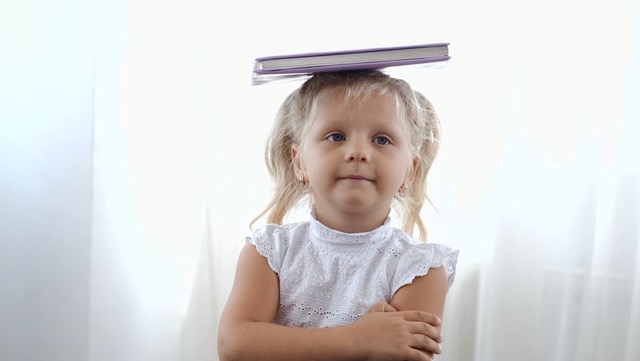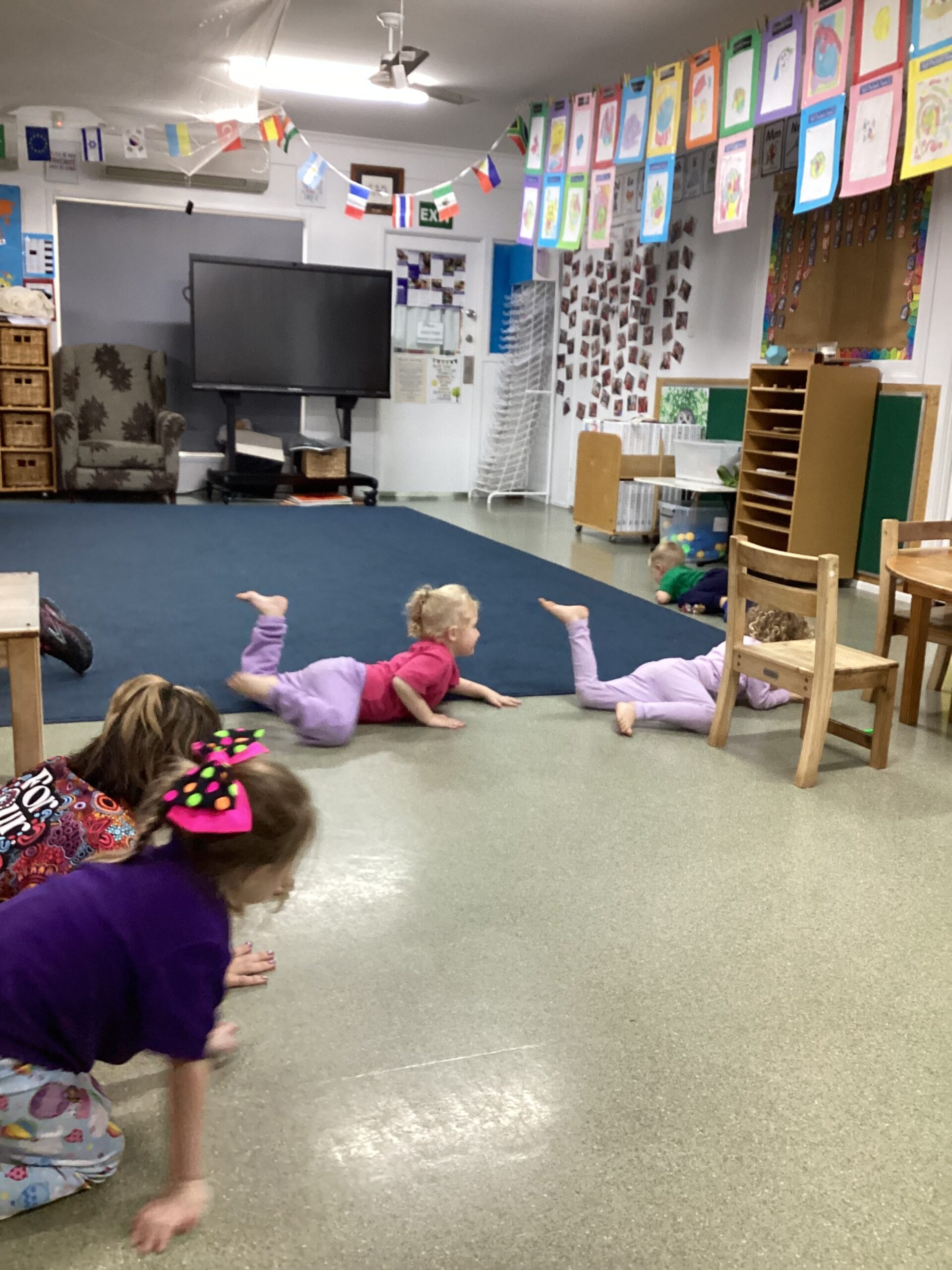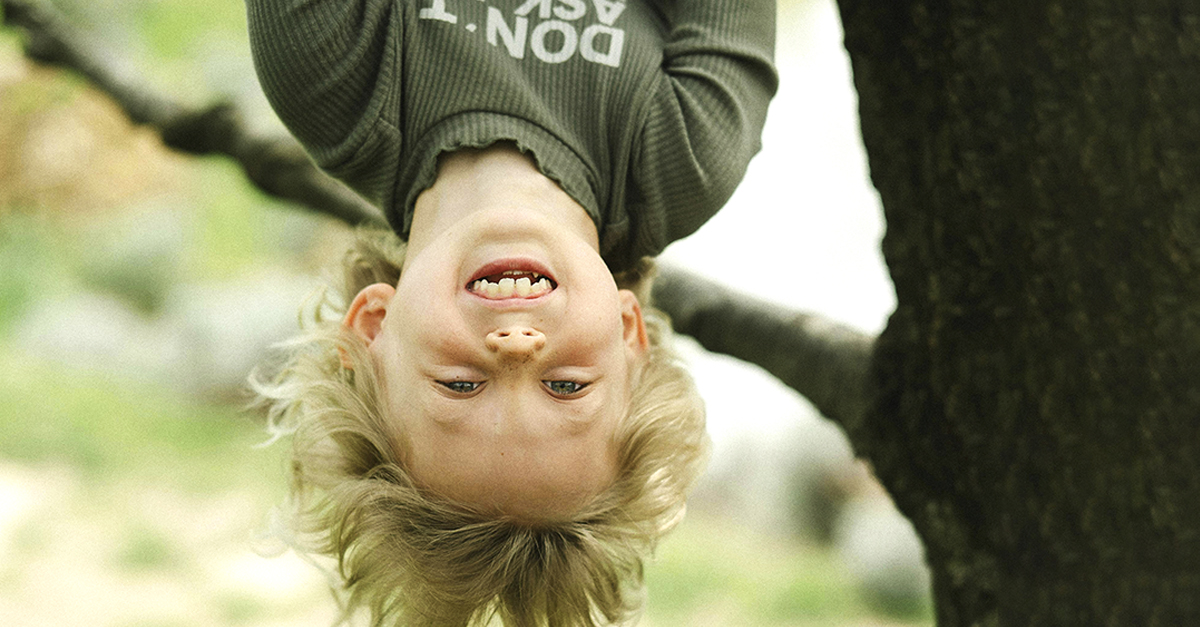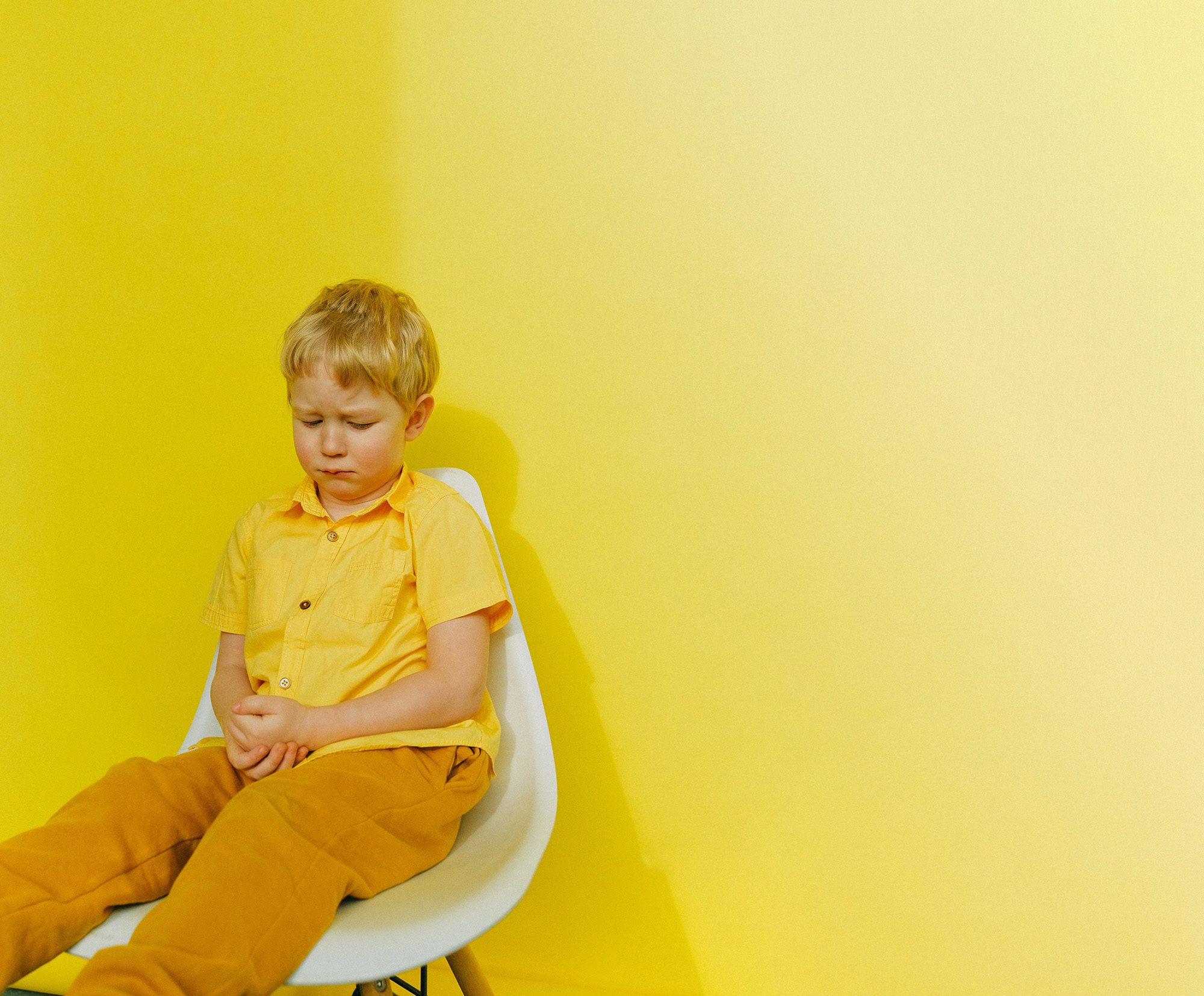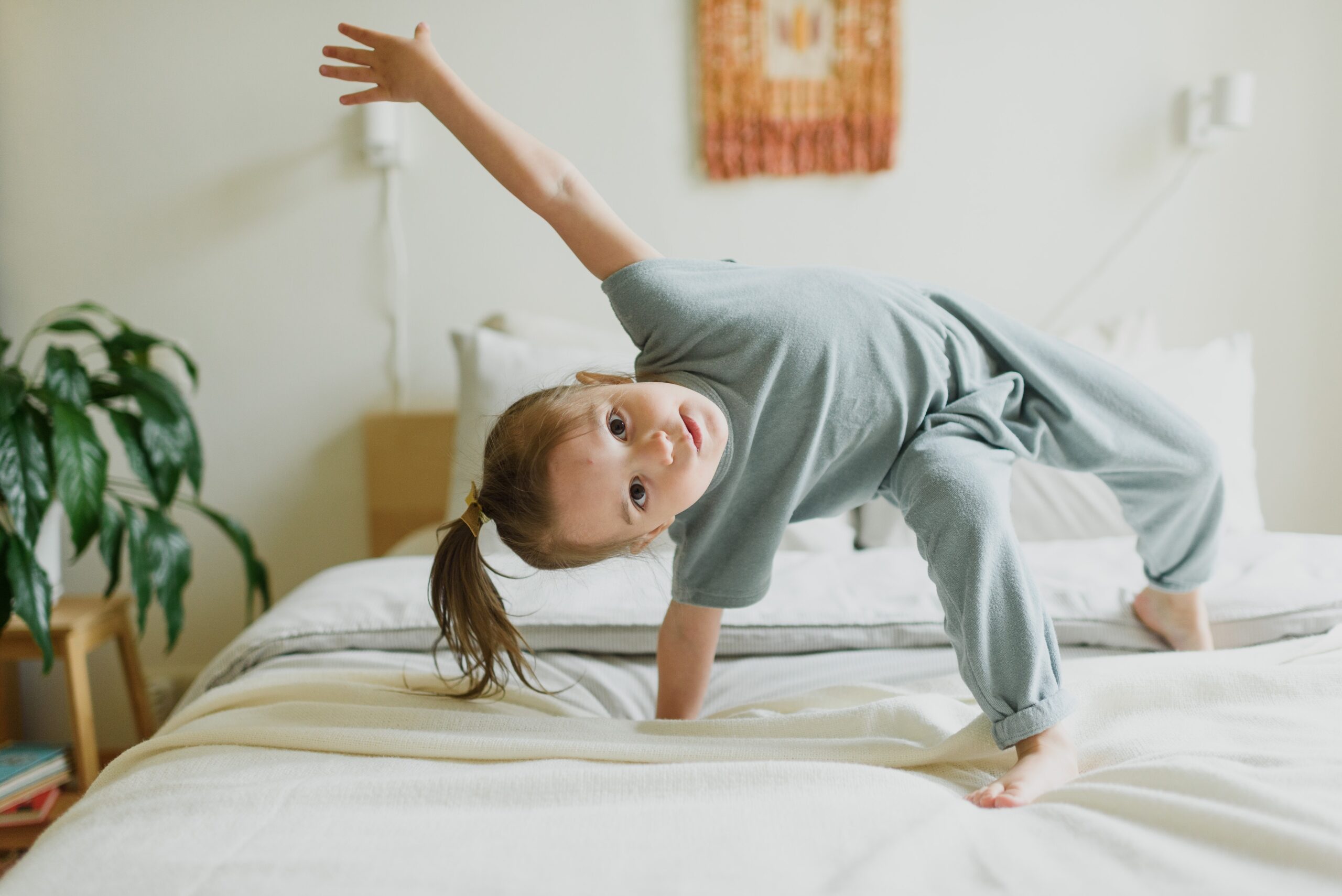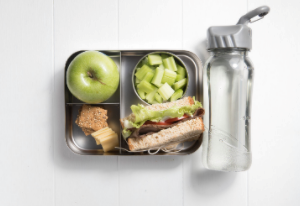Does your child:
- Constantly trip over?
- Frequently bump into things and people?
- Frequently fall from chairs?
- Play too rough?
- Use too much force when writing? – or not enough?
- Enjoys deep pressure or being “squished”
- Frequently chew on clothing or other inedible objects
- Have difficulty riding a bike?
These are all common signs of poor proprioception that we regularly see with the children we work with at Learning Connections.
What is proprioception?
Close your eyes, ask someone to move your right foot, and you will still know where it is. In fact, you can describe your body posture thanks to the integration by the nervous system of neurophysiological signals from receptors – proprioceptors – in the muscles, tendons, joints and skin that are sensitive to muscle length and force, to joint rotation, and to local bending of the skin. [1]
Proprioception is the body’s ability to sense its own movements and position in space. Proprioception enables us to determine each body part’s position, speed and direction, whether we see it or not, and so enables the brain to guide our movements It’s the sense that helps us negotiate our way around objects in a room, tells us how far down to squat to sit in a chair, how much pressure to use to hold a newborn baby, how far to lean into the wind just enough to stay upright.
Proprioception is sometimes referred to as our sixth sense, with vestibular our seventh, and interoceptive – the sense involved in the detection of internal regulation, such as heart rate, respiration, hunger, and digestion – our eighth. [2] [3] [4]
What’s the difference between the proprioceptive and the vestibular system?
The vestibular system works closely with the proprioceptive system to keep a body in balance. The vestibular system controls balance and movement, detecting gravity, orientation and linear movement, particularly that of the head. The semicircular canals in the ears detect rotational movement and the utricle and saccule in the ears detect linear movements.
Integrating information about orientation from the vestibular system and joint status from the proprioceptive system, a body is able to maintain functioning balance without visual information. When either of these systems is dysfunctional, balance is hard to maintain without visual input. [5]
Poor proprioception – sensory seekers and sensory avoiders
Good proprioception means having good balance, being able to move your arms and legs without looking at them (e.g. walking or feeding yourself) being able to negotiate your body in your environment The proprioceptive system also helps calm our arousal level so we can attend and focus. [6] [7]
Poor proprioception can present at both ends of a spectrum from children who are sensory seekers to children who are sensory avoiders [8]
- Sensory seekers – by far the biggest group – seek out sensory stimulation, they are always on the go, trying to get more proprioceptive input.
- Sensory avoiders on the other hand, feel too much, they are hyper-sensitive, experiencing sensory input more intensely than the average person and avoiding it because it’s overwhelming to them (e.g. they don’t like big noises or crowds, don’t like touching some textures, don’t like moving too much ).
If your child has poor proprioception – if they are either a sensory seeker or a sensory avoider – stimulating their proprioceptive system will help them feel safe and will improve their gross and fine motor skills.
Proprioceptive stimulation will both:
- Help sensory seekers slow down and concentrate, and
- Help sensory avoiders better tolerate intense sensory input.
How do you stimulate the proprioceptive system?
There are lots of activities that stimulate the proprioceptive system. If we are moving and using effort we are compressing or triggering our proprioceptive receptors – therefore anything that involve effort, pushing our joints together, or pulling them apart. Here’s a sample list, there are plenty more online [9] [10] [11]
- Pushing wheelie toys, heavy supermarket trolleys, or heavy doors
- Carrying objects
- Jumping on the trampoline, bed or couch
- Climbing in trees or on monkey bars
- Crawling through a tunnel
- Running
- Cycling
- Kicking a ball
- Kneading dough or modelling with clay
- Squeezing a stress ball
- Tug of war
- Gardening
- Swimming
- Making the bed
- Hiding in, jumping on and ripping apart cardboard boxes.
For more information on how you can help your child call Dianne Boyd on 0414 264 758 or email dianne@learningconnections.com.au
[1] Fabrice Sariegna and others, ‘Proprioception, Our Imperceptible 6th Sense’, The Conversation, 2021 <https://theconversation.com/proprioception-our-imperceptible-6th-sense-150775> [accessed 9 February 2022].
[2] Steven D. Munger, ‘The 2021 Nobel Prize for Medicine Helps Unravel Mysteries about How the Body Senses Temperature and Pressure’, The Conversation, 2021 <https://theconversation.com/the-2021-nobel-prize-for-medicine-helps-unravel-mysteries-about-how-the-body-senses-temperature-and-pressure-169229> [accessed 17 February 2022].
[3] Sariegna and others. ibid.
[4] Stephen Camarata, Lucy Jane Miller, and Mark T. Wallace, ‘Evaluating Sensory Integration/Sensory Processing Treatment: Issues and Analysis’, Frontiers in Integrative Neuroscience, 14 (2020), 55 <https://doi.org/10.3389/FNINT.2020.556660/BIBTEX>.
[5] Virginia Way and Tong Chu, ‘Assessing Proprioception in Children: A Review’ <https://doi.org/10.1080/00222895.2016.1241744>.
[6] Stephanie Wheen, ‘Proprioception’, Gympanzees.Org <https://www.gympanzees.org/our-services/online-resource-hub/sensory-processing/calming-ideas-and-activities-to-improve-your-childs-proprioception> [accessed 17 February 2022].
[7] Berkshire Healthcare, Early Years Toolkit – Sensory Processing <https://www.berkshirehealthcare.nhs.uk/media/168255/bh_cypittoolkit_sensoryprocessing_pr1.pdf> [accessed 14 March 2022].
[8] ‘Sensory Seeking vs. Sensory Avoiding in Children | Understood – For Learning and Thinking Differences’ <https://www.understood.org/articles/en/sensory-seeking-and-sensory-avoiding-what-you-need-to-know> [accessed 15 March 2022].
[9] Stephanie Wheen ibid.
[10] Berkshire Healthcare ibid.
[11] Alisha Grogan, ‘Powerful Proprioceptive Activities That Calm, Focus, & Alert – Your Kid’s Table’, Your Kids Table <https://yourkidstable.com/proprioceptive-activities/> [accessed 18 February 2022].


